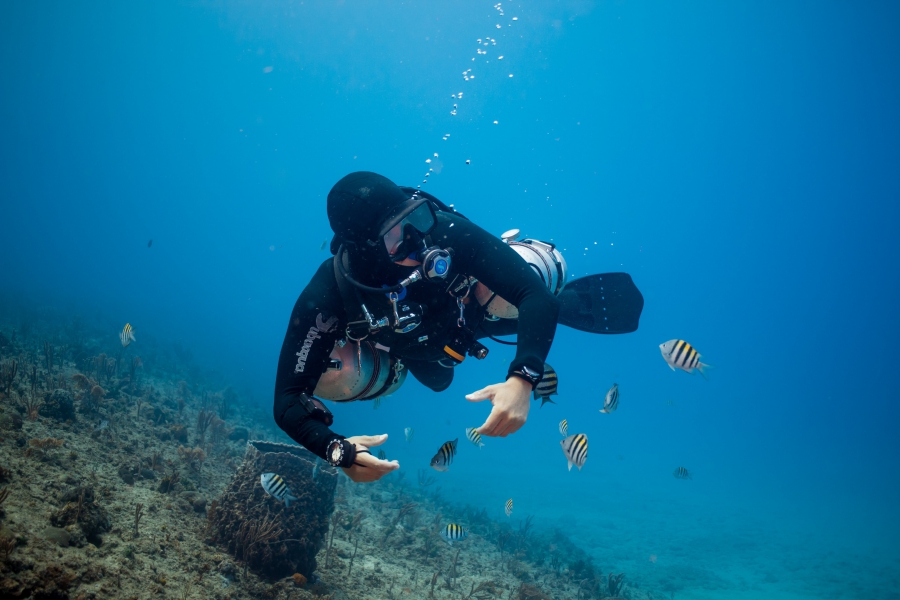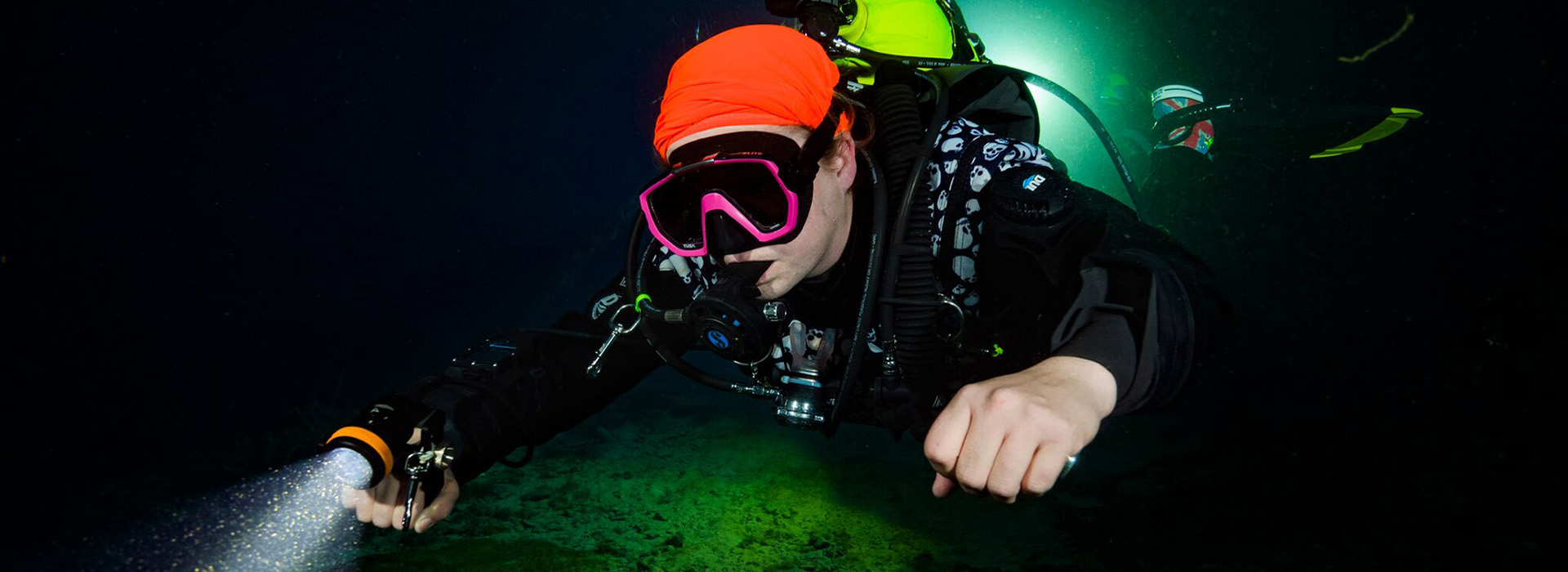How To Choose A Dive Light For Scuba Diving?
Media Reports
For diving at night, a common phrase with respect to dive lights is "Two is one and one is none".
For night dives, a scuba diver should carry three dive lights.
A primary dive light which is usually the larger and more powerful of the dive lights, enough to maintain the lighting required for the whole dive. It's switched on at start of the dive and will only switched off again when emerging from the water.
A backup light (also called the secondary light) which is small and portable, and is carried at an easily accessible location. The main purpose is to provide a backup light source in case the primary dive light fails. As such it ensures safety. The backup light might also be used during day time to enlighten dark places like holes in the reef or signal you buddy.
An indicator light, usually small in size, which can be attached to either your BCD or the head of the air cylinder. It's function is to indicate the position of the diver.

Dive lights introduction
A good primary dive light is the OrcaTorch D630. The light is a canister dive light, which ensures an extended burn time through the powerful battery. It is therefore also very popular among technical divers. For technical diving, we have given some tips in the previous article to help you choose a dive light. You can check this link to get them. What Equipment Does A Cave Diver Need?
A wonderful backup light is the OrcaTorch D710. This light is suitable for scuba divers. Due to its specifications, it can also be used as the primary light for recreational diving or as a backup light for cave diving. Compared with a canister dive light, the OrcaTorch D710 is light and portable. With a max of 3,000 lumens, it is one of the strongest torches in its class.
The OrcaTorch SD01 is a perfect example of a small and easy applicable indicator light.
The way to carry dive lights
For scuba diving, the most common ways to carry your dive light are either handheld and wrist mount. When carrying the light handheld, it's equipped with a pistol grip, a lantern grip, or no grip in the case of smaller lights. These smaller lights can be fixed to the diver by either using a retractor, wrist lanyard or clip.
